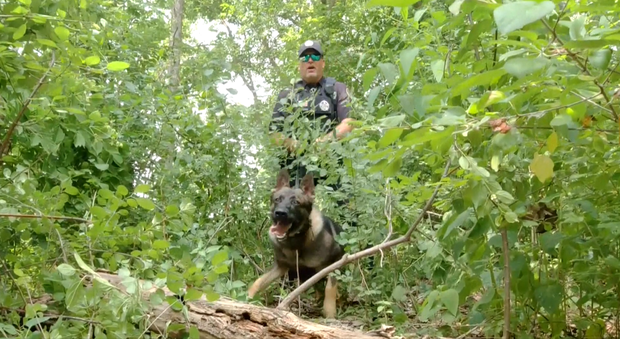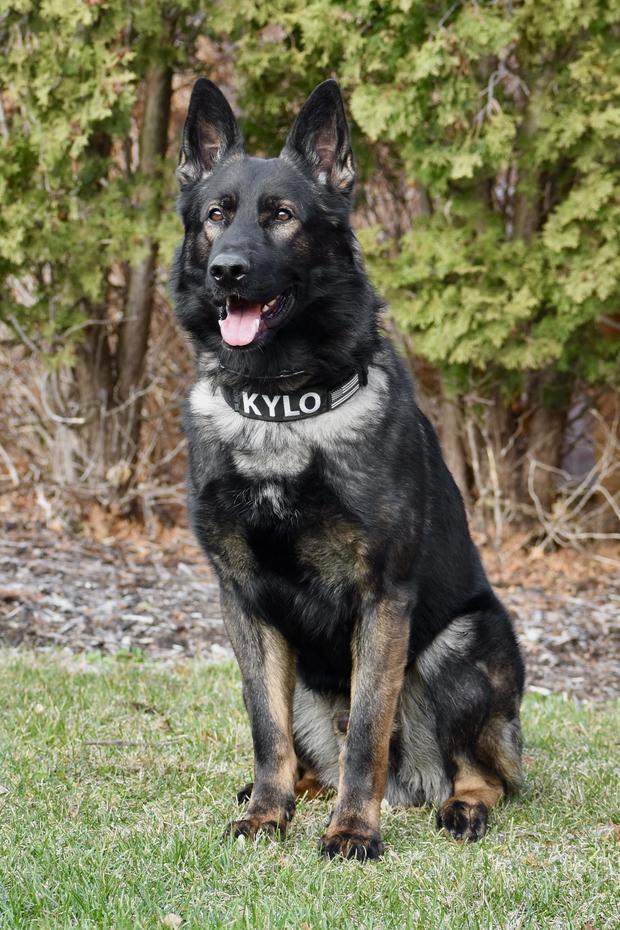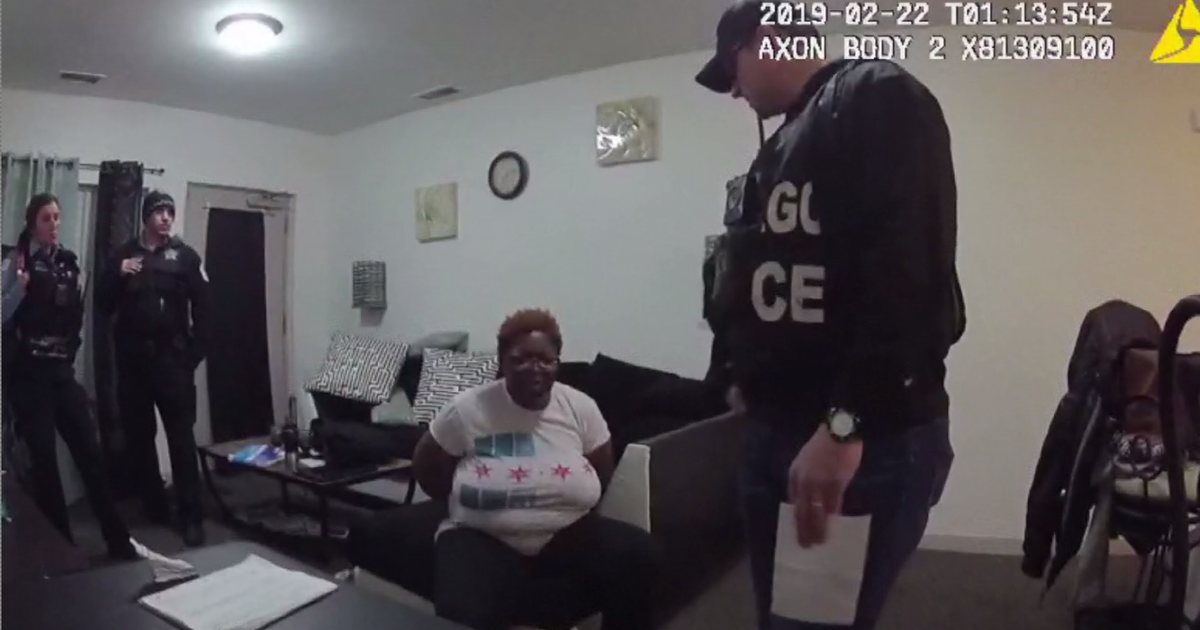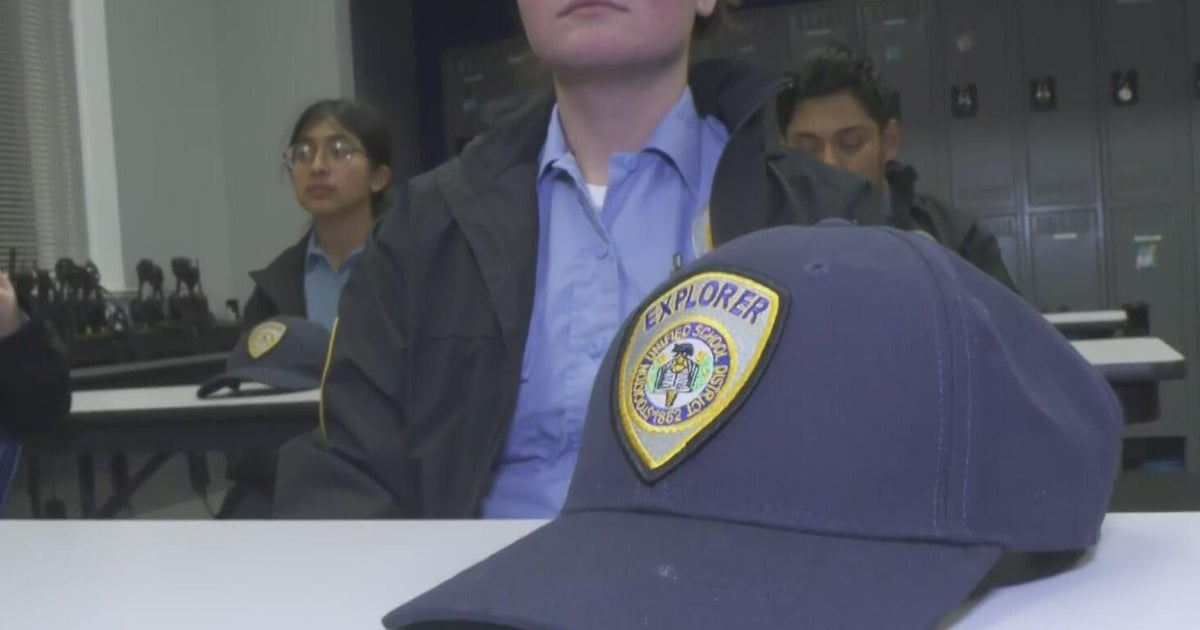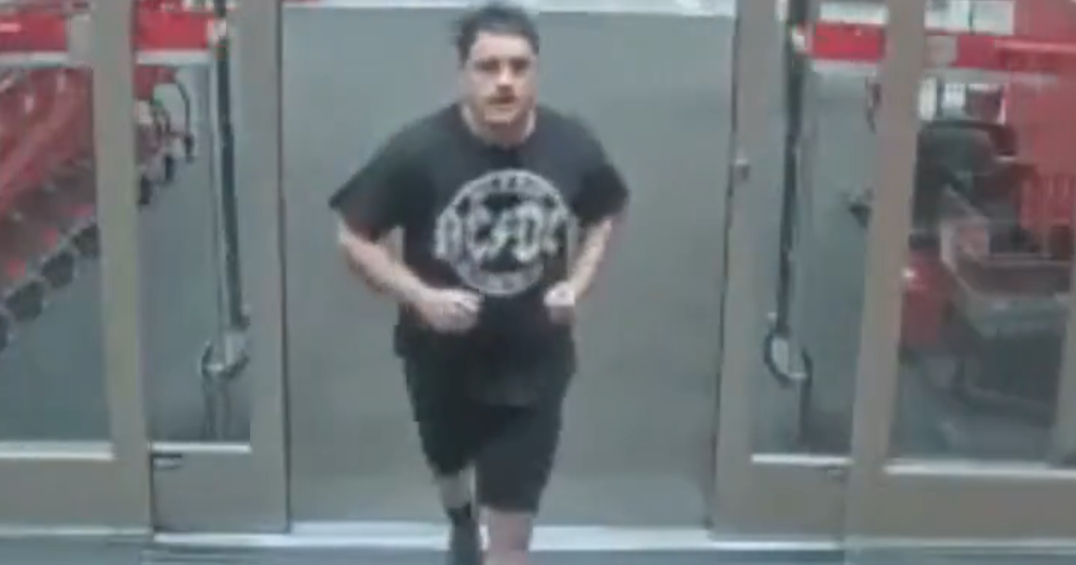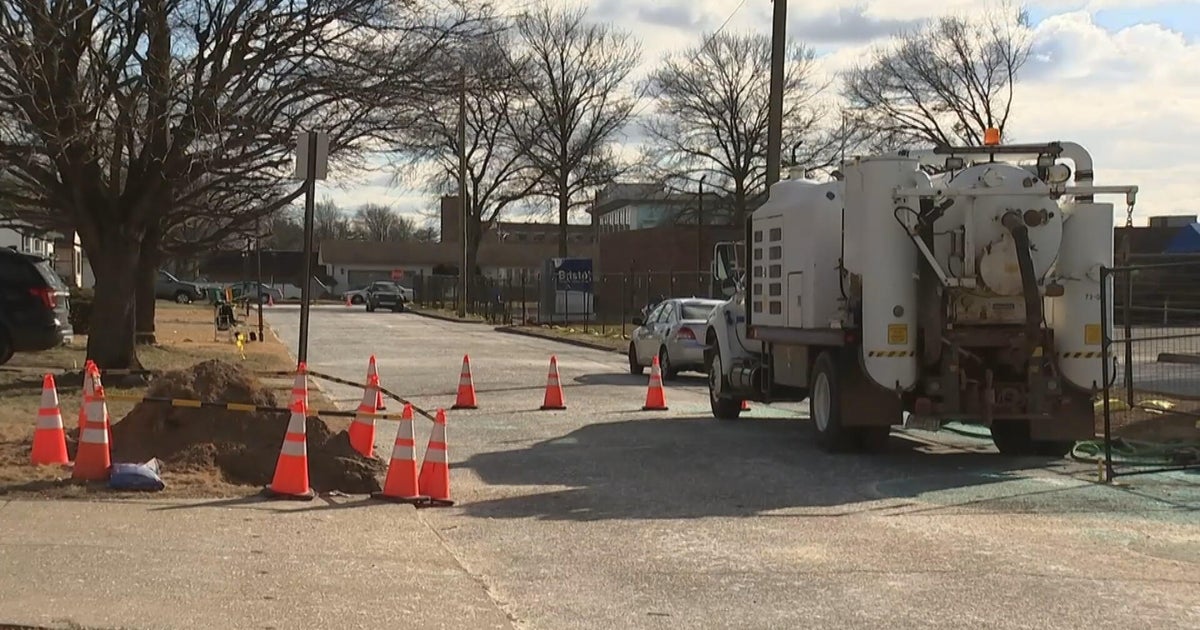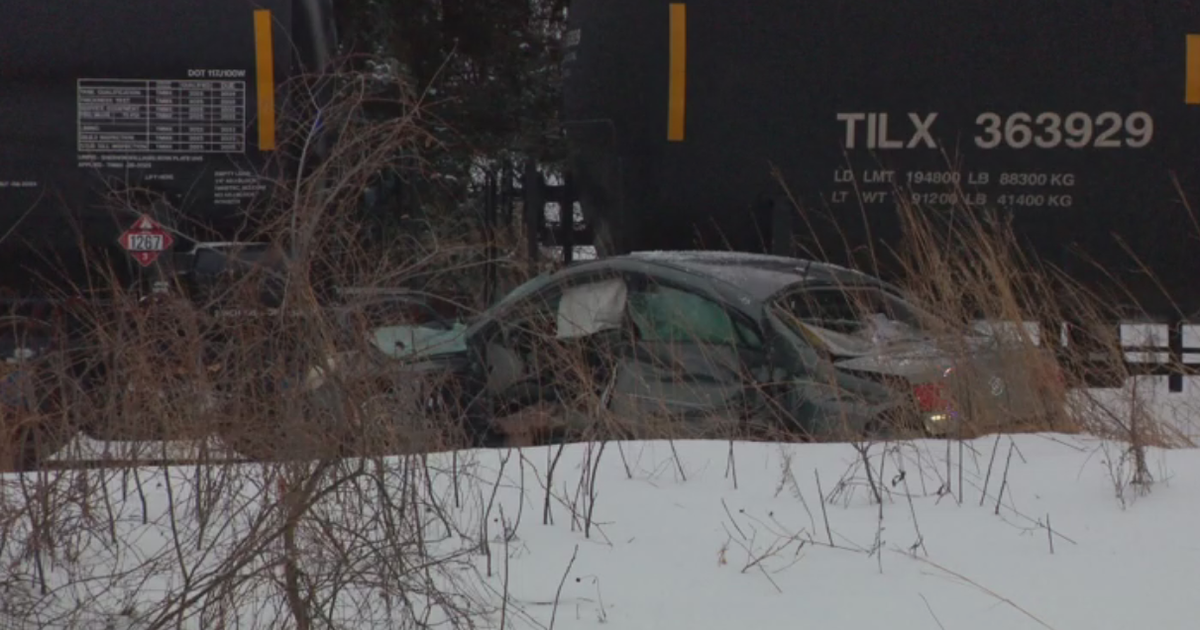The crucial role of K9s in police work, and what it takes to train them
BUFFALO GROVE, Ill. (CBS) -- Police dogs are a key, and sometimes controversial, part of law enforcement work – and it seems like they are making headlines more and more these days.
So what does it take for our four-legged friends to wear the badge? CBS 2's Lauren Victory tagged along with officers in the suburbs to get the 411 on K9s.
In a demonstration, Buffalo Grove police simulated a search for two subjects who went out hiking. Victory – wearing some shoes that were not exactly hiking boots – and Gus, the trainer for the new Buffalo Grove K9 officer, Mack – headed out deep into the woods for the exercise.
Meanwhile, Mac himself and K9 Officer Shannon McMillon were joined by CBS 2 photojournalist Allen Maniscalco in the quest to find them.
The point of hoofing into the woods was to understand Mac's search process.
Mac took off with the command, "Find them!" He zigzagged across the parking lot toward Victory and Gus.
McMillon explained that Mac smelled Victory and Gus before even getting into the woods – as the K9 tried to pull the officer toward a corner.
Mac's mission was a success – he found Victory and Gus with no trouble. The hope is that he can do it all again when it's the real deal.
"I have to rely on him doing it perfect the first time," McMillon said.
That is why Mac works out at home with his sister and trains constantly.
The same goes for Deuce, one of three dogs on the K9 team at the McHenry County Sheriff's Department.
"We have them go to training twice a week," said McHenry County K9 Supervisor
Lt. Jeremy Bruketta. "Sometimes, they go three times a week for training on top of their regular patrol duties."
Practice is paying off. Deuce's K9 coworker, Kylo, recently stepped in when McHenry County Sheriff's police were called in for help finding a man who ran from a traffic stop in June.
"When Kylo got there, they found a shoe. They found some articles that belonged to that subject," Bruketta said.
The person, Tryan D. Campbell, had an active warrant for home invasion out of Kane County. Kylo found him in the dark.
Victory: "Ánd how hard, or is it impossible to say, how hard would it have been to locate that suspect without a dog?"
Bruketta: "It would've been extremely hard - tons of manpower - and to be honest with you, it's very dangerous."
Cutting down resources and increasing officer safety are often the justifications for using K9s. You may also see dogs used as deterrence on train platforms, or looking for bombs in public places.
"There's certain things you can do with a dog you can't do with, let's say, a robot," Bruketta said.
Machines can't sniff out a suspect – at least not ones we're aware of.
"When they're running, they're sweating; they're nervous," Bruketta said. "The dog feeds off of that, so they can actually smell the odor even more."
"Area searches, article searches, cadaver work, building searches - those are just some of the things that he does," said McMillon of Mac.
"The dog can track, find narcotics - where the robot is more on the tactical side of things," continued Bruketta.
The K9s' handlers admit the animals aren't perfect. But the humans feel their partners with paws have a place in policing that won't be swapped out for technology anytime soon.
After all, it's hard to imagine a robot trampling through trees to find someone – even if it's just for the camera.
Lt. Bruketta told us a dog and the K9 vehicle with the proper equipment cost about $70,000 upfront. McHenry County is expecting to add a fourth member to its team in September.
